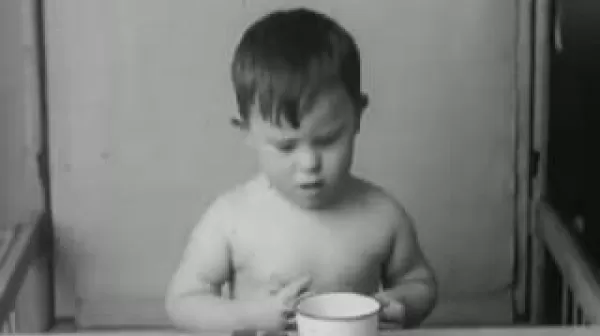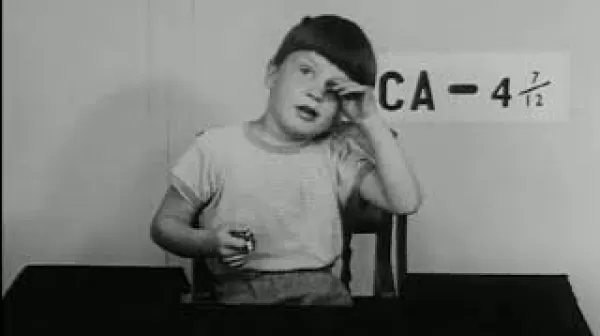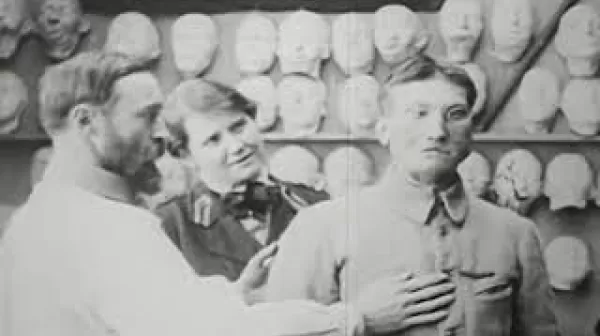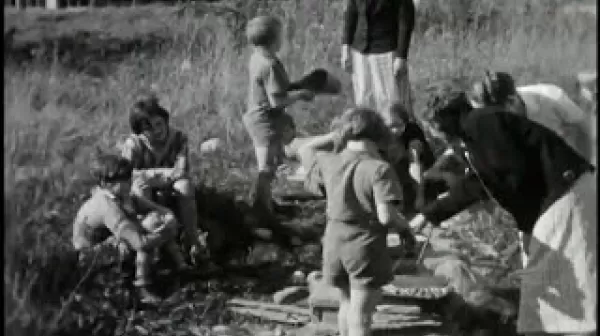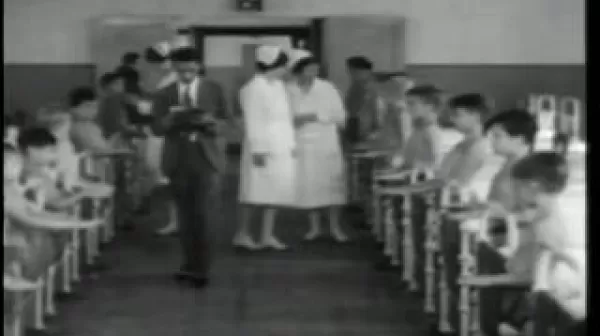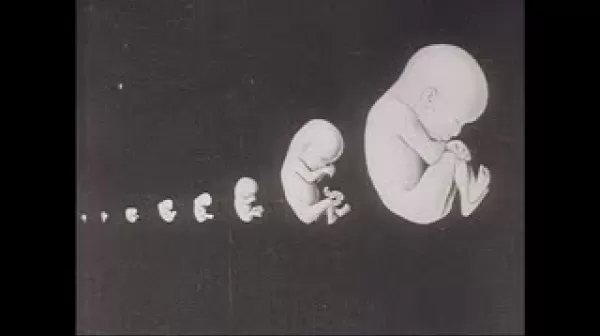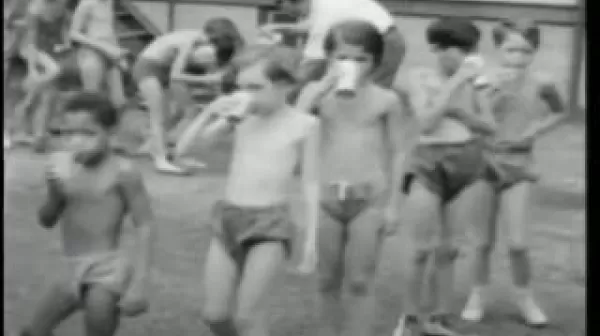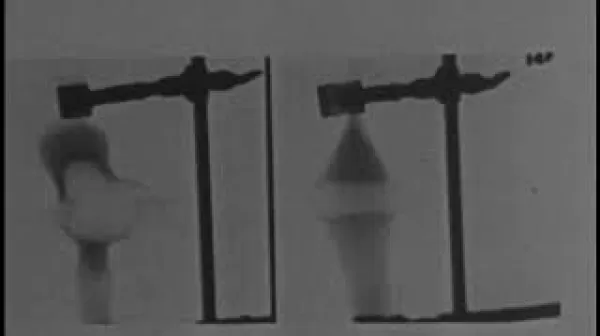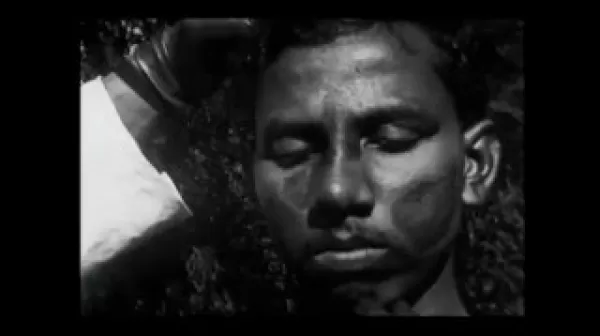Mental Growth of a Mongol (Dr. Arnold Gesell, 1945)
This film shows a series of tests which were run on a white male baby at the ages of one, two, three, and six years of age to test the boy's mental, cognitive, and motor skills. When the child was one-year old, blocks were placed in front of him. He pushed and pounded them on the table. He was also given a cup, rattle, and bell which he pushed and pounded on the table. The last test showed the nurse trying unsuccessfully to get the child to stand upright on his own. When the child was two-years-old, blocks were placed in front of him and he threw them into a bowl.

